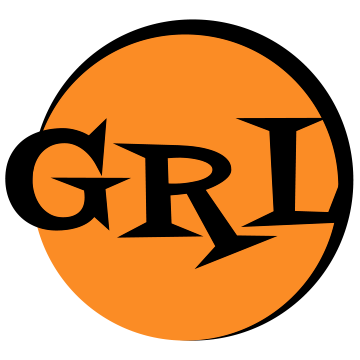This project for ENGL 5106 provides the foundation on which students will begin or continue to build their online presence. It begins with choosing a professional domain name. Picking a domain name is an important decision. It becomes the foundation of the identity you are constructing for yourself, no matter what the web site’s purpose will be. Choosing the right name is the first step to establishing your digital identity.
Objective
To develop a basic professional web presence, including purchasing a domain name, obtaining web hosting, setting up email, and creating a rudimentary landing page that introduces a digital writing persona.
Goals
- Choosing and purchasing a professional domain name from an Internet registrar;
- Picking a platform (software) that you will use to build your about page;
- Deciding on using a Web hosting provider or a ready-made platform to host your domain;
- Setting up email;
- Writing an about page;
- Resolving and sharing your new domain name.
Step 1: Domain Name Purchase
Your first step is to choose and purchase a domain name that reflects your digital writing persona. Make sure it’s available and relevant to your online identity.
- Visit a domain registrar website of your choice (e.g., Namecheap or GoDaddy).[1]
- Use the search feature to check the availability of your chosen domain name.
- Follow the registration process, including payment if required.
Step 2: Web Hosting Setup
Decide whether you want to use a free hosting service or a paid one based on your budget and requirements.
- Sign up for a web hosting account with your chosen hosting provider.
- If you opt for paid hosting, configure payment and select an appropriate hosting plan.
Step 3: Email Setup
Set up a professional email address using your domain name (e.g., contact![]() yourdomain.com).
yourdomain.com).
- If your hosting plan includes email services (which it should), create email accounts associated with your domain.
- Alternatively, use a separate email service provider (e.g., Gmail) and configure it to use your domain name for sending and receiving emails.
Step 4: Creating a Rudimentary About Page
Create a basic about page that introduces your digital writing persona. You might look at Your About Page for some guidance. Include the following elements:
- A brief introduction to yourself as a digital writer.
- A professional-looking photo (if desired).
- Contact information, including the new email address.
- Links to your social media profiles (if applicable).
Steps:
- Choose a website builder or, if you prefer, use HTML/CSS for a more custom approach.
- Create your landing page by adding text, images, and contact information.
- Select an appropriate template or design.
Step 5: Publishing and Testing
Publish your landing page and test its functionality.
- Use your hosting platform to publish your website.
- Test your website on various devices and browsers to ensure it's responsive and functional.
- Verify that your email address is working correctly by sending a test email.
Assess your web presence based on the completeness of your landing page, the appropriateness of your domain name, and the functionality of your email address. Announce your new page on the class blog, including an image of the page. Offer feedback to peers on their design and content.
Continue to revise and augment your about page during the semester, especially as you learn new strategies for digital writing and presentation.
See individual syllabus for due dates.
notes
- ↑ Note that if you plan to purchase hosting, you may want to begin with step 2, as many hosting companies will offer a free domain name with web hosting.

